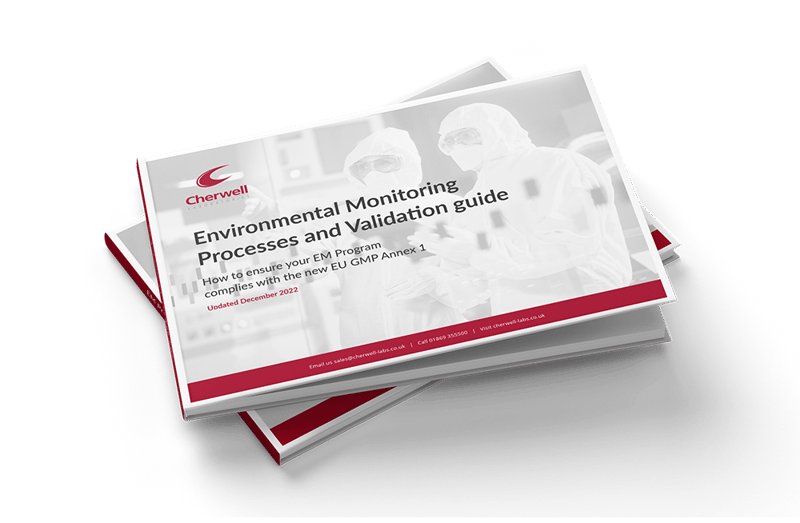Introduction:
The adherence to strict contamination control measures is paramount in industries such as pharmaceuticals, biotechnology, and healthcare, where product quality and patient safety are of utmost importance. With the recent updates to Good Manufacturing Practices (GMP) Annex 1, which provides guidelines for sterile medicinal products, it is crucial to align your contamination control strategy (CCS) with these updated standards. In this blog, we will explore six essential factors to consider when crafting a contamination control strategy in line with EU GMP Annex 1.
1. Risk Assessment and Management: Conduct a comprehensive risk assessment to identify potential sources of contamination and evaluate the associated risks. Assess factors such as facility design, process flow, personnel practices, and materials used. Consider the potential impact on product quality, patient safety, and regulatory compliance. By understanding the risks, you can implement appropriate control measures to mitigate them effectively.
2. Facility Design and Layout: The design and layout of your facility can play a critical role in contamination control. Ensure that your facility is designed to minimize contamination risks, incorporating features such as unidirectional airflow, controlled access zones, and appropriate segregation of different activities. Adhere to GMP Annex 1 requirements for cleanrooms, including air quality, temperature, humidity, and pressure differentials.
3. Personnel Training and Behaviour: Train your personnel in GMP principles and the specific requirements of your contamination control strategy. Emphasize proper aseptic techniques, gowning procedures, and hand hygiene practices. Reinforce the importance of personal behaviour in maintaining a contamination-free environment. Regularly assess and validate personnel performance through routine observations and media-fill exercises.
4. Cleaning and Disinfection: Develop robust cleaning and disinfection protocols tailored to your facility and processes. Use appropriate disinfectants with proven efficacy against the target microorganisms. Establish cleaning frequencies, methods, and validated procedures for different surfaces and equipment. Implement routine monitoring and environmental sampling to verify the effectiveness of cleaning procedures.
5. Sterilisation: Incorporate validated sterilisation processes for components, equipment, and final products as required. Ensure that these processes are properly validated, verified, and monitored to guarantee the elimination of viable microorganisms and pyrogens. Use validated and calibrated equipment for sterilisation and maintain proper documentation of these processes.
6. Monitoring and Documentation: Implement a robust environmental monitoring program to detect and control potential sources of contamination. Regularly monitor critical parameters such as viable and non-viable particle counts, air quality, and surface contamination. Maintain detailed and accurate documentation of all monitoring activities, deviations, corrective actions, and preventive measures. This provides a visible and well-documented audit trail for regulatory inspection. Regularly review the data to identify trends and areas for improvement.
Conclusion: Crafting a contamination control strategy in line with GMP Annex 1 is essential for industries involved in sterile medicinal product manufacturing. By considering the factors outlined above—risk assessment and management, facility design, personnel training, cleaning and disinfection, sterilisation monitoring and documentation — you can ensure compliance with the latest standards and maintain a high level of product quality and patient safety. Adhering to these guidelines not only safeguards your reputation and regulatory compliance but also ensures the well-being of patients who rely on your products.
You can download our Contamination Control Strategy Considerations document. This document serves as an overview of all contamination control measures in place, referencing relevant documentation that allows for a comprehensive understanding of the strategies employed. You can download the document by clicking on the button below:








